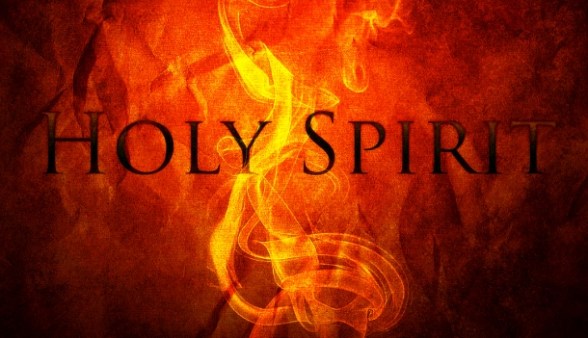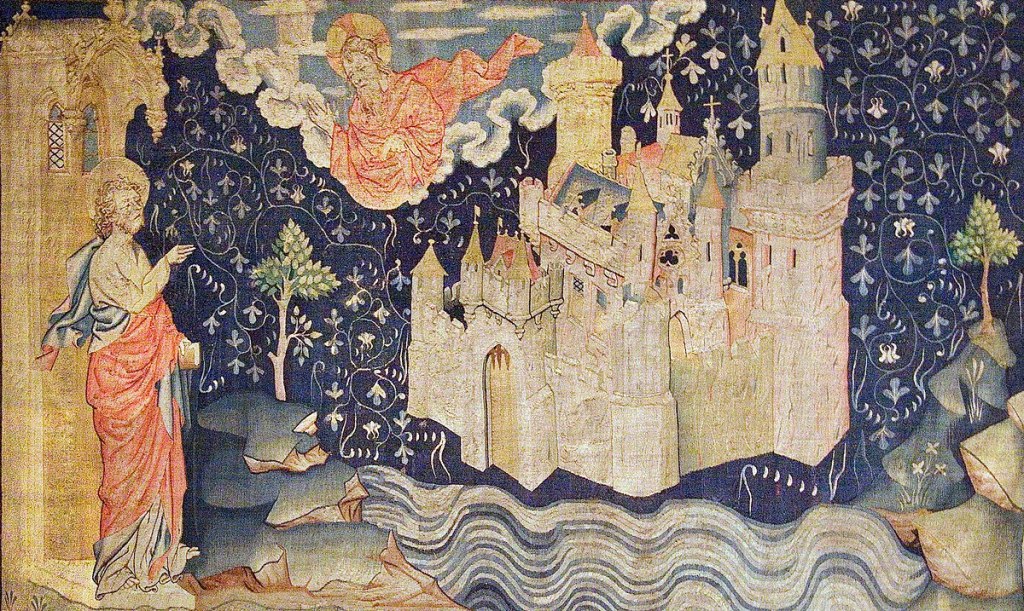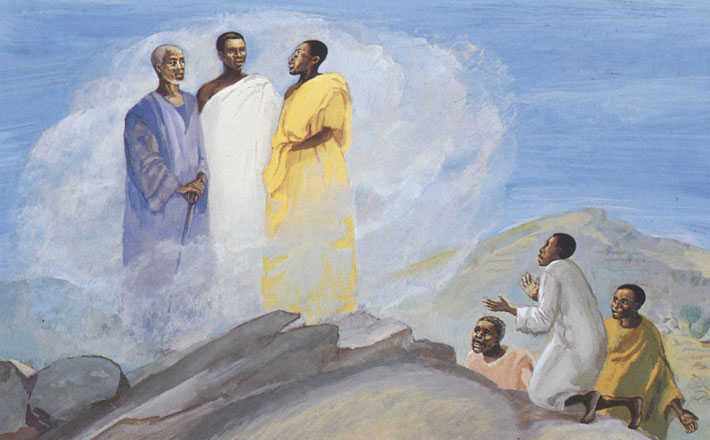Click here to listen to the audio recording of this 28-minute message. Or watch the video here on Facebook (the message starts about 25 minutes into the recording). Or read the text summary below.
Today (28 May – this post is going out a bit late – sorry) is Pentecost, where we celebrate the coming of the Holy Spirit of God. We talk a lot in church about God the Father and God the Son, but much less about God the Holy Spirit. So, today I thought to share 10 fun facts about Holy Spirit, so that we have a better understanding and appreciation of who s/he is. Let’s call it “Pneumatology 101”! Are you ready? Here we go!
- Holy Spirit is the third person of the Trinity (along with the Father and Son) and therefore is God, as much as the Father and Son are God. Three persons in one being. The Spirit is as much God as the Father and Son are.
- Holy Spirit is a person, as much as the Father and Son are persons. Theologically, we can debate what ‘person’ means in the Godhead. But, through our exposure to God the Father in the first Testament and God the Son in the Second Testament, we have no trouble thinking of Father and Son as persons. The same must apply to the Spirit, who is the third person of the Triune Godhead. This means we can talk with, relate to and pray to Holy Spirit, just as we pray to Father and Son. To help me think of the Spirit as a person, I drop the definite article ‘the’ and refer to the Spirit as ‘Holy Spirit’, as if that is their name, like Jesus is the Son’s name.
- Holy Spirit is genderless, neither male nor female, gender neutral or gender fluid. God the Father is presented to us as a father, thus male. And God the son is presented to us as a son, as Jesus, a man, thus male. But Holy Spirit is not clearly presented with gender. It is as wrong to refer to Holy Spirit as ‘he’ as it is to refer to Spirit as ‘her’. Both are equally incorrect. All we can be sure of, is that Holy Spirit is not an ‘it’ – Holy Spirit is a person, not a power, force, wind, etc. They are a person. I choose to refer to Spirit as ‘her’, to recognise and emphasise that God is neither male nor female, or rather, that God incorporates both male and female. It helps to demasculinise my thinking about God.
- Holy Spirit is active in creation – the Spirit was hovering above the waters of the deep in Genesis 1. And Holy Spirit is continually active in creating the world we live in (Psalm 104:30). Spirit is creative, artistic, extravagant, producing, making, bringing into being, empowering, enabling – all things creative.
- Holy Spirit plays the key role in our sanctification. Jesus enables our salvation, but Spirit enables our becoming more and more Christlike as we journey through the ups and downs of life (1 Corinthians 6:11). Holy Spirit is the one who takes up residence on our hearts – in the temple of our body (1 Corinthians 6:19-20). She transforms us from the inside out, into the likeness of Christ.
- Holy Spirit nurtures in us the Fruit of the Spirit (Galatians 5) – these are qualities of living that exemplify Christlikeness, thus the manifestation of sanctification.
- Holy Spirit gives to every Christian one or more gifts – Gifts of the Holy Spirit (1 Corinthians 12). Some of these gifts appear quite ordinary (giving, mercy, helps, hospitality), while others appear quite supernatural (healing, prophecy, tongues, words of knowledge). But they are all Gifts of the Spirit, Spiritual Gifts, and thus all are supernatural gifts from God. And you have at least one.
- Holy Spirit operates autonomously. She is not a cash machine that dispenses goodies on demand. She decides when and to whom to give what. 1 Corinthians 12:11 tells us that she gives gifts just as she determines. Numbers 11 has a story about 70 men selected by Moses to receive the Spirit of God; but two other men who were not selected receive the Spirit even more powerfully. Joshua is put out by this, but Moses stops him – the Spirit decides who gets what, when and how much.
- Holy Spirit empowers the church for mission. She is interested in each of us as individuals, but her empowerment of us is for the work of the church. 1 Corinthians 12:7 tells us that gifts are given for the ‘common good’, not for personal edification. They are not for us ourselves and our own spiritual growth, but rather for us to serve more effectively in God’s mission to save the world.
- And finally (not that there are only 10 characteristics of Holy Spirit!), Holy Spirit seems deeply committed to diversity. At Pentecost (Acts 2) many people, speaking many languages, from different parts of the world, receive the gift of tongues or hear the Gospel in their own languages – they are united in their diversity through the outpouring of Holy Spirit. Acts 2 continue continues to talk about diverse people, languages, gifts, men and women, young and old, rich and poor. Psalm 104, which speaks about Holy Spirit, emphasises the great diversity of animals in God’s creation.
It is my hope that these ideas, which you may agree with more or less, will stimulate your interest in Holy Spirit, learning more about her and getting to know her better.

Featured image from https://www.christiantruthcenter.com/wp-content/uploads/2016/09/holy-spirit.jpg








